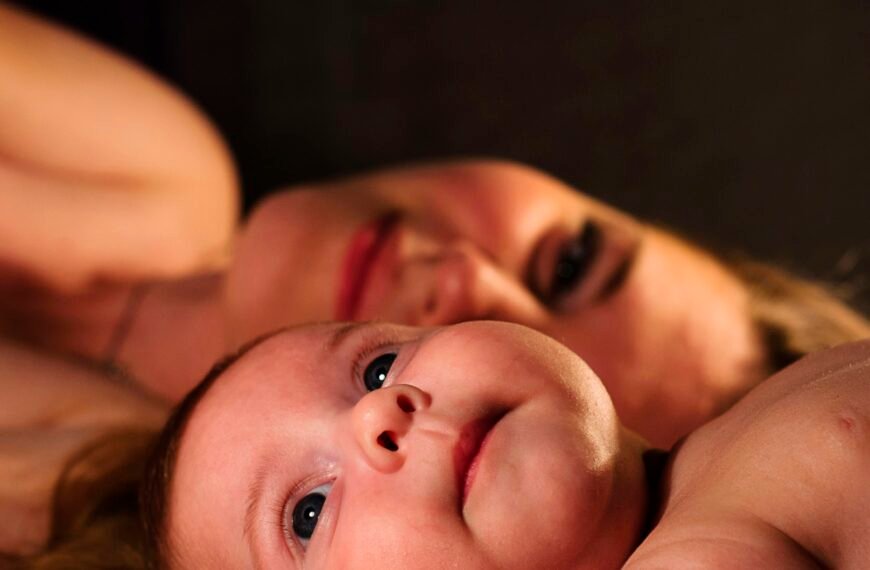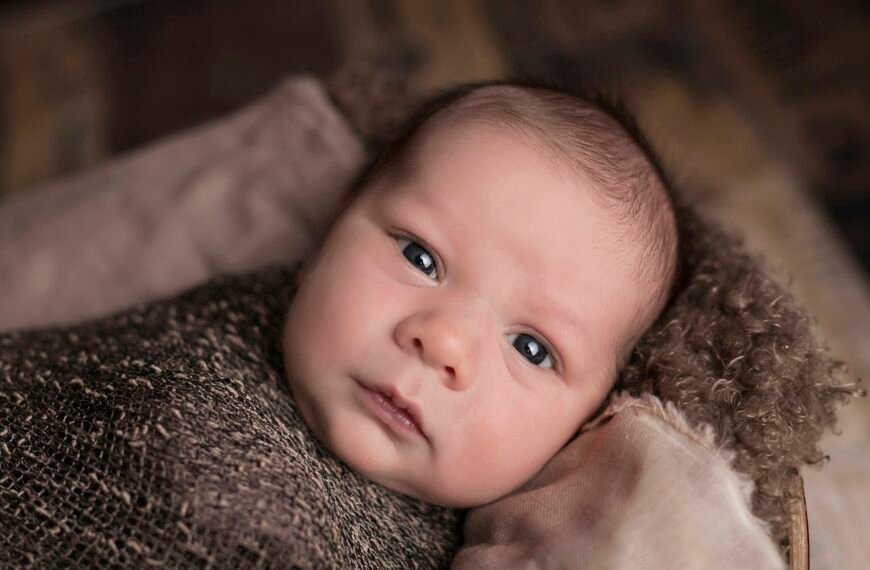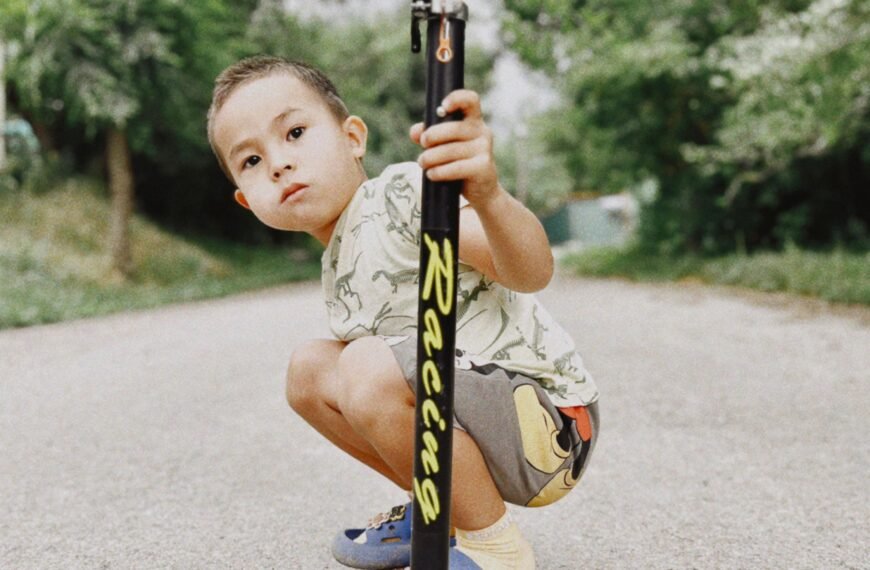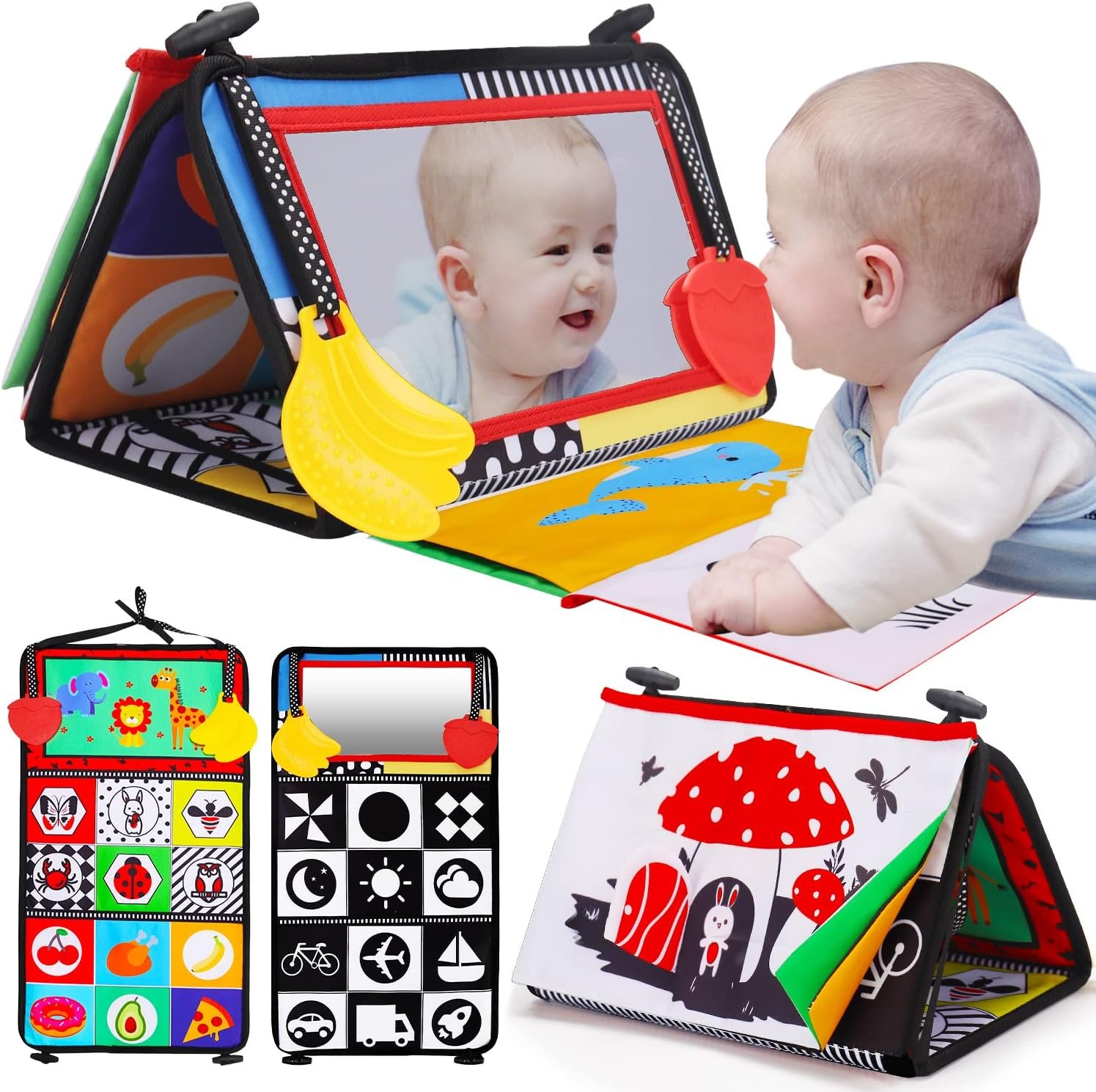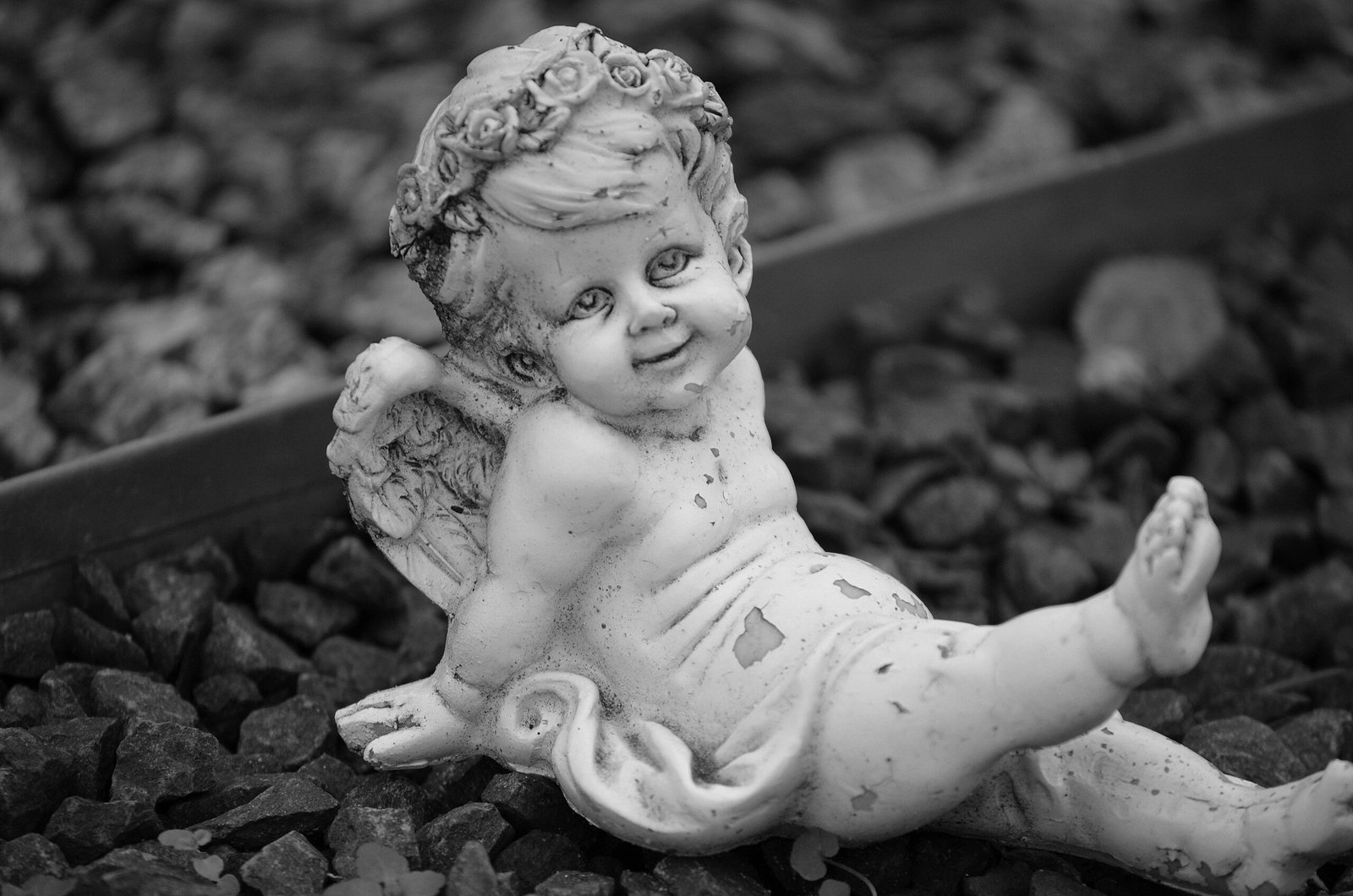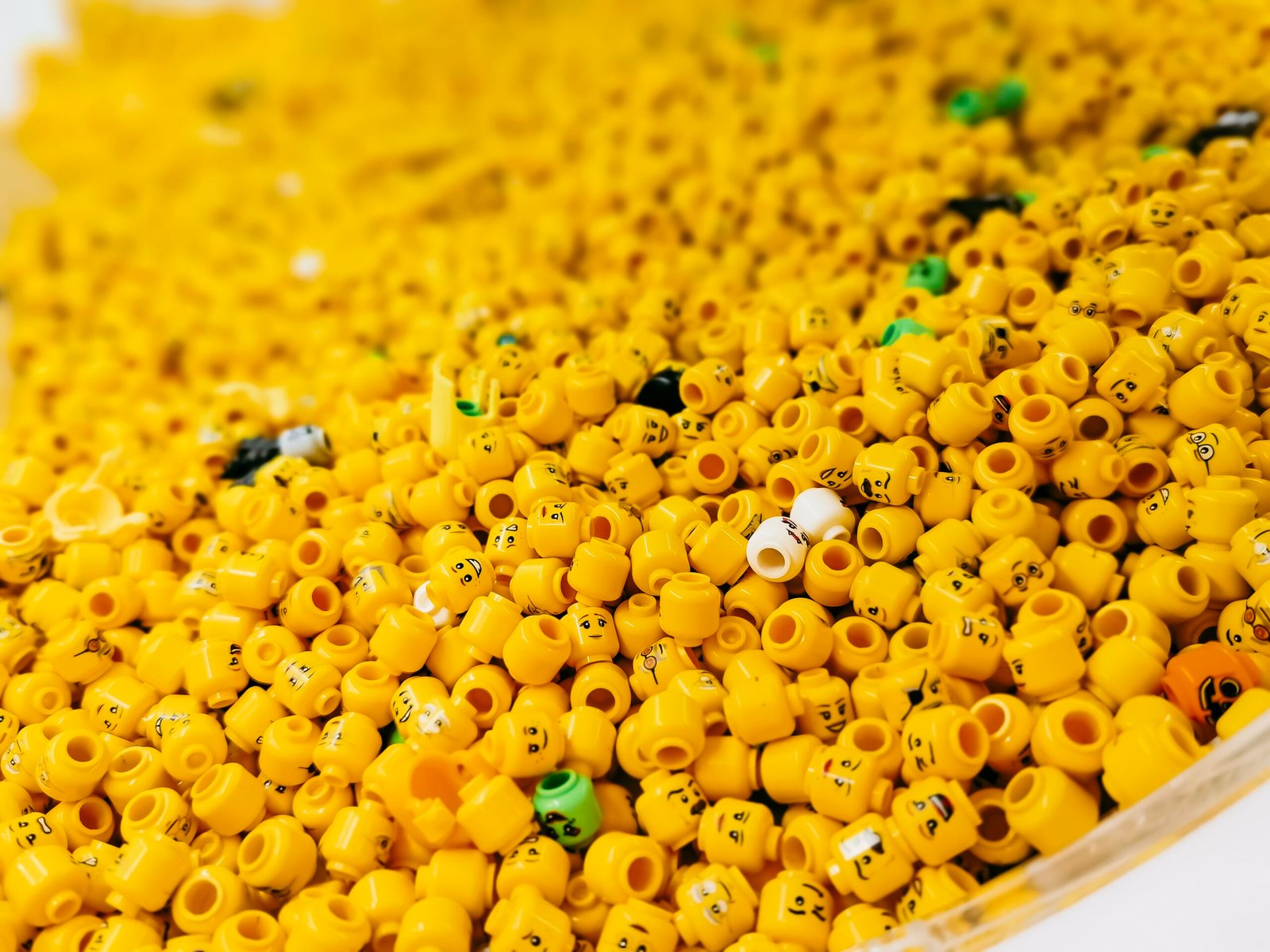So, you’ve got a collection of adorable wooden toys for your little one, but they’re starting to show signs of wear and tear. Don’t worry, maintaining their cleanliness is easier than you think! In this article, we’ll share some simple and effective techniques for cleaning your precious wooden baby toys, ensuring that they stay germ-free and in great condition for years to come. Whether it’s removing stains, disinfecting, or preventing damage, we’ve got you covered. Let’s jump right into it and discover the best ways to keep those toys sparkling clean and safe for your bundle of joy.
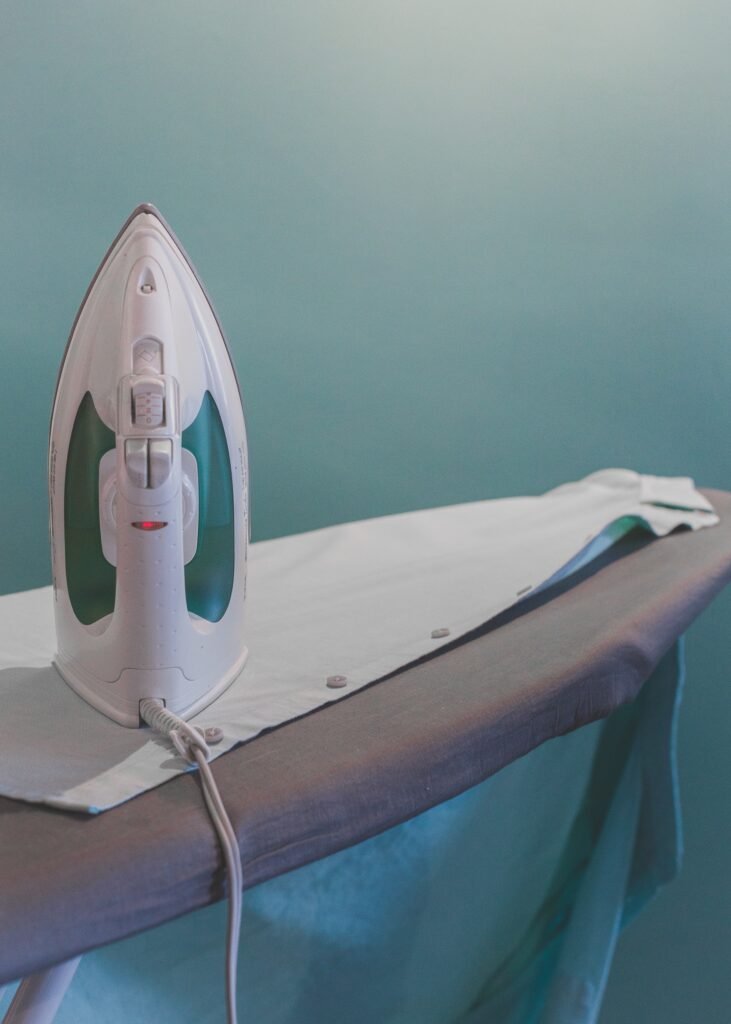
Check Baby Toys Guide & Review
Gathering Supplies
Before you begin cleaning your wooden baby toys, it’s important to gather all the necessary supplies to ensure a thorough and safe cleaning process.
Check the Manufacturer’s Instructions
To start, always check the manufacturer’s instructions for any specific cleaning guidelines or recommendations. This will help you determine the appropriate cleaning methods and avoid any potential damage to the toys.
Prepare Cleaning Solution
Next, prepare a gentle cleaning solution. You can create your own by mixing mild dish soap with warm water. This will effectively clean the toys without using any harsh chemicals that may be harmful to your baby.
Gather Soft Cloth or Sponge
You will also need a soft cloth or sponge to wipe the toys clean. Make sure it is gentle enough to not scratch or damage the wood surface.
Get a Soft Bristle Brush
For any nooks and crannies that are harder to reach with a cloth or sponge, having a soft bristle brush on hand can be useful. This will help you remove dirt or debris from any crevices in the toys.
Prepare a Drying Spot
Lastly, prepare a drying spot for the toys. It’s important to allow them to dry thoroughly after cleaning to prevent any potential mold or mildew growth. Choose a clean and dry area where the toys can air dry completely.
Preparing the Toys for Cleaning
Before diving into the cleaning process, take a moment to inspect the toys for any visible damage. Look for any loose or broken parts, splintered wood, or any other signs of wear and tear. If you notice any damage, it’s best to set the toy aside and address the repairs before proceeding with the cleaning.
Once you’ve determined that the toys are in good condition, remove any loose dirt or debris. Use a soft cloth or brush to gently wipe or brush away any particles that may be stuck on the toys’ surface. This step will ensure a cleaner and more effective cleaning process.
Cleaning Process
The cleaning process may vary depending on the type of wooden toy you’re dealing with. Whether you have solid wooden toys, painted wooden toys, stained wooden toys, or teething toys, here are some tips to help you clean them effectively and safely.
Cleaning Solid Wooden Toys
Solid wooden toys are usually the easiest to clean. Simply dip a soft cloth or sponge into the prepared cleaning solution and gently wipe the surface of the toys. Make sure to cover all areas, including any hard-to-reach spots. Once you’ve removed any dirt or grime, use a clean damp cloth to wipe away any remaining soap residue. Finally, allow the toys to air dry completely.
Cleaning Painted Wooden Toys
If you have painted wooden toys, it’s important to take extra care during the cleaning process to avoid damaging the paint. Start by gently wiping the toys with a soft cloth or sponge soaked in the cleaning solution. Be cautious not to scrub too hard, as this may cause the paint to fade or chip. Once the toys are clean, use a separate damp cloth to wipe away any soap residue. Allow the toys to air dry thoroughly before letting your little one play with them again.
Cleaning Stained Wooden Toys
Stained wooden toys require a slightly different approach. Begin by dusting off any loose dirt or debris with a soft cloth or brush. Then, prepare a paste by mixing equal parts baking soda and water. Apply the paste to any stained areas and gently scrub with a soft bristle brush. Afterward, wipe the toys clean with a damp cloth to remove any residue. Ensure the toys are completely dry before returning them to your baby.
Cleaning Teething Toys
Teething toys often come into contact with your baby’s saliva, so it’s important to keep them clean and hygienic. To clean teething toys, start by rinsing them thoroughly under warm water. Then, using the prepared cleaning solution and a soft cloth or sponge, wipe all surfaces of the toys. Pay extra attention to any textured areas where bacteria may accumulate. Rinse the toys one more time under running water and allow them to dry completely before giving them back to your baby.
Drying and Disinfecting
Proper drying and disinfecting are crucial to maintain the cleanliness and safety of the wooden baby toys.
Dry the Toys Thoroughly
After cleaning, it’s essential to dry the toys thoroughly. Any leftover moisture can lead to mold or mildew growth, which is harmful to your baby. Place the toys in a well-ventilated area away from direct sunlight and let them air dry completely. Make sure to rotate the toys occasionally to ensure all sides are drying evenly.
Disinfecting the Toys
To disinfect the toys, you can use a solution of equal parts water and vinegar. Fill a spray bottle with this mixture and spray it onto the toys. Let the solution sit on the toys for a few minutes before wiping it off with a clean cloth or sponge. Vinegar is a natural disinfectant that effectively kills bacteria and germs. However, it’s important to note that this disinfecting step is optional and can be done periodically, not with every cleaning.

Maintaining Wooden Baby Toys
Proper maintenance is key to keeping your wooden baby toys in good condition and ensuring your little one’s safety during playtime.
Regularly Inspect the Toys
Regularly inspect your wooden baby toys for any signs of damage or wear. Check for loose parts, cracks, splintered wood, or any other potential hazards. If you notice any issues, remove the toy from your child’s play area and address the repairs as needed. By conducting regular inspections, you can identify and address any potential safety concerns before they become an issue.
Store the Toys Properly
When the toys are not in use, it’s important to store them properly. Consider designating a specific storage area for the wooden toys, such as a clean and dry toy box or shelf. Keep them away from excessive heat, moisture, or sunlight, as these factors can damage and degrade the wood over time. Storing the toys properly will help extend their lifespan and ensure they remain in good condition for future play.
Additional Tips and Warnings
Here are some additional tips and warnings to keep in mind when cleaning wooden baby toys:
Do Not Soak the Toys
Avoid soaking wooden baby toys in water or any other liquid. Excessive moisture can cause the wood to swell, warp, or crack, rendering the toys unusable or unsafe. Stick to gentle wiping or cleaning methods that limit the toys’ exposure to moisture.
Avoid Using Harsh Chemicals
Always avoid using harsh chemicals or cleaning agents that may be toxic or harmful to your baby. Stick to mild dish soap, vinegar solutions, or other natural cleaning options. Harsh chemicals can damage the wood or leave behind harmful residues that may be ingested by your child.
Avoid Excessive Moisture
As mentioned earlier, excessive moisture can be detrimental to wooden baby toys. When cleaning, be mindful of the amount of moisture you’re using and always thoroughly dry the toys afterward. By limiting moisture exposure, you can prevent mold, mildew, and other moisture-related issues.
Be Aware of Choking Hazards
Wooden baby toys often have small parts or detachable components, which can pose a choking hazard for young children. Always be mindful of the toy’s design and construction, ensuring that it meets the appropriate safety standards. Regularly check for any loose or broken parts, and immediately remove any toys that may present a choking risk.

Cleaning Cloth Accessories
In addition to wooden toys, many baby toys may have detachable fabric parts, such as stuffed animals or fabric-covered rattles.
Remove Detachable Fabric Parts
If there are any detachable fabric parts, carefully remove them before cleaning. This will allow you to clean the fabric separately and prevent potential damage to the wooden components.
Follow Fabric Cleaning Instructions
For the fabric parts, closely follow the cleaning instructions provided by the manufacturer. This may involve hand washing or machine washing with a gentle detergent and air drying. Be cautious not to use any harsh chemicals or high heat that may damage or shrink the fabric.
Alternative Cleaning Methods
If you prefer alternative cleaning methods for your wooden baby toys, here are a couple of options to consider:
Using Vinegar and Water Solution
Instead of using a mild dish soap solution, you can create a cleaning solution by mixing equal parts water and vinegar. Vinegar is a natural cleaner and disinfectant, making it an effective and safe option for cleaning wooden toys. Simply dip a soft cloth or sponge into the solution and wipe the toys clean, following the same process as mentioned earlier.
Using Baking Soda Paste
For tougher stains or stubborn grime, you can create a baking soda paste. Mix baking soda with a small amount of water to form a paste-like consistency. Apply this paste to the stained areas of the wooden toys and gently scrub with a soft bristle brush. Once the stains are removed, wipe the toys clean with a damp cloth and allow them to dry thoroughly.
Cleaning Organic Wooden Toys
If you have organic wooden baby toys, they require special care to maintain their natural integrity.
Using Mild Dish Soap Solution
For cleaning organic wooden toys, stick to using a mild dish soap solution. Mix a small amount of mild dish soap with warm water and gently wipe the toys clean with a soft cloth or sponge. Organic wooden toys are often free of any varnish or finishes, so it’s important to avoid using harsh cleaning agents or excessive moisture.
Using Food-Grade Oil
To maintain the natural beauty of organic wooden toys, you can occasionally treat them with food-grade oil. Apply a small amount of oil, such as coconut oil or mineral oil, and rub it onto the toys using a soft cloth. This will help moisturize the wood and enhance its natural color and grain.
Conclusion
Cleaning wooden baby toys is an essential part of ensuring a safe and hygienic play environment for your little one. By following the steps and tips outlined in this article, you can effectively clean and maintain the wooden toys, prolonging their lifespan and keeping them in excellent condition. Remember to always prioritize your baby’s safety by inspecting the toys regularly, avoiding harsh chemicals, and being aware of choking hazards. With proper care and maintenance, your wooden baby toys will continue to bring joy and entertainment to your little one for years to come.
Final Thoughts
Taking the time to properly clean and maintain your baby’s wooden toys not only keeps them safe and hygienic but also helps them last longer. These toys are often cherished keepsakes that may be passed down to future generations, making it all the more important to care for them properly. Through regular inspections, gentle cleaning methods, and proper storage, you can ensure that your baby’s wooden toys remain in exceptional condition, providing endless hours of safe playtime.








